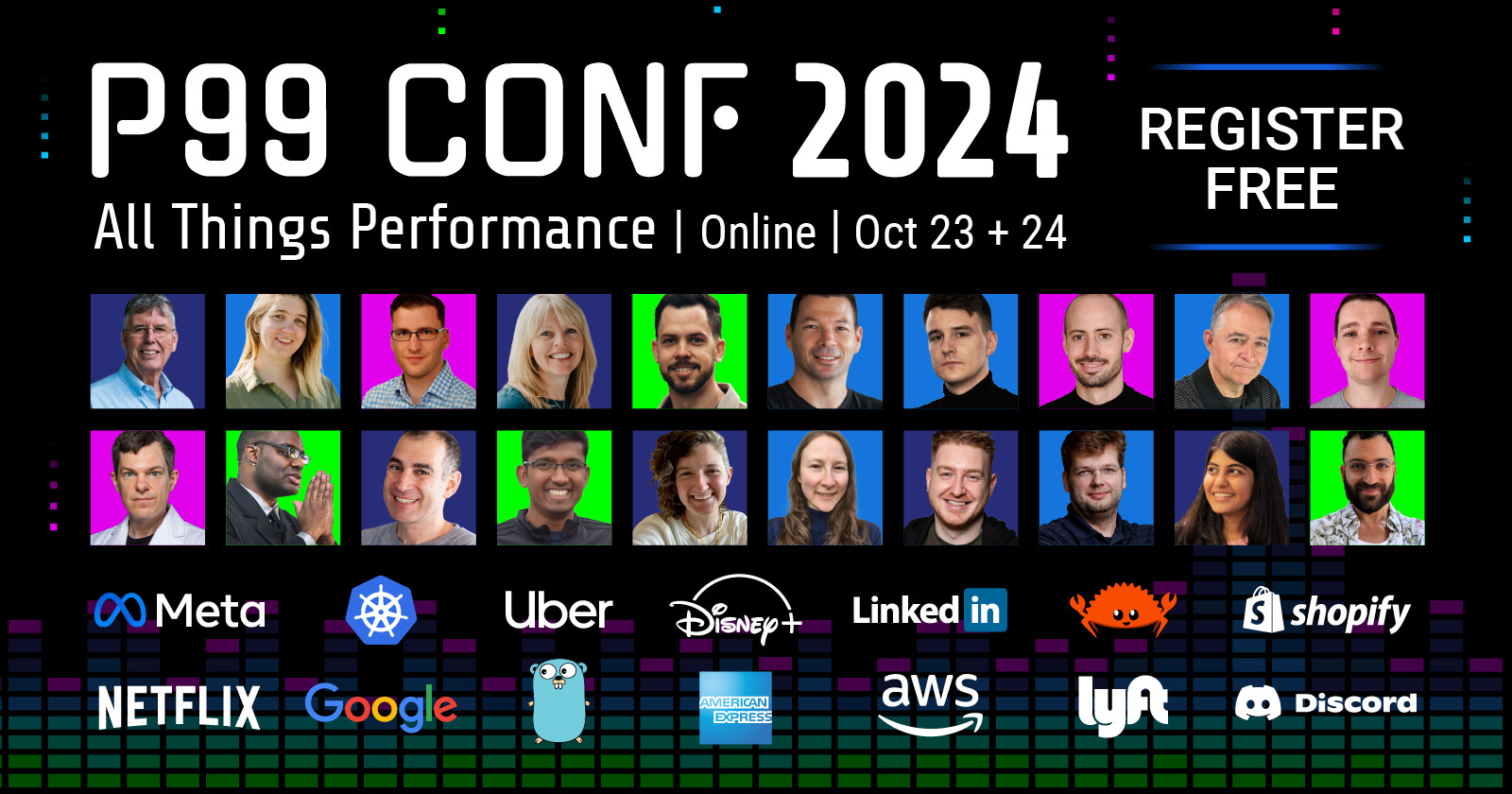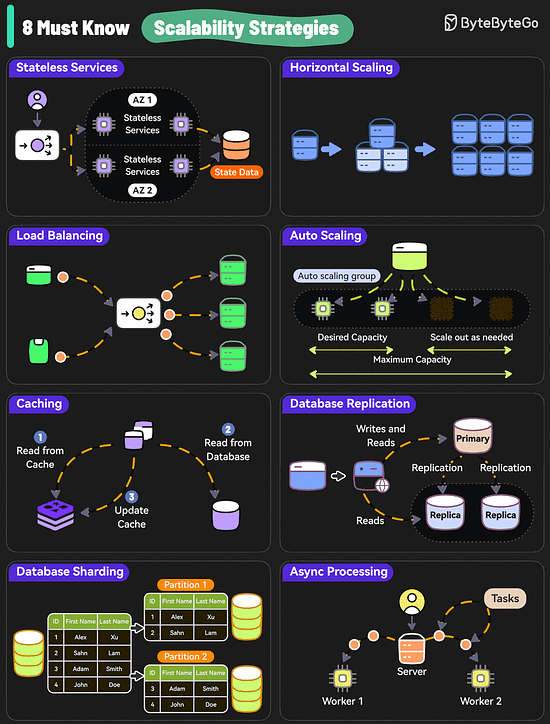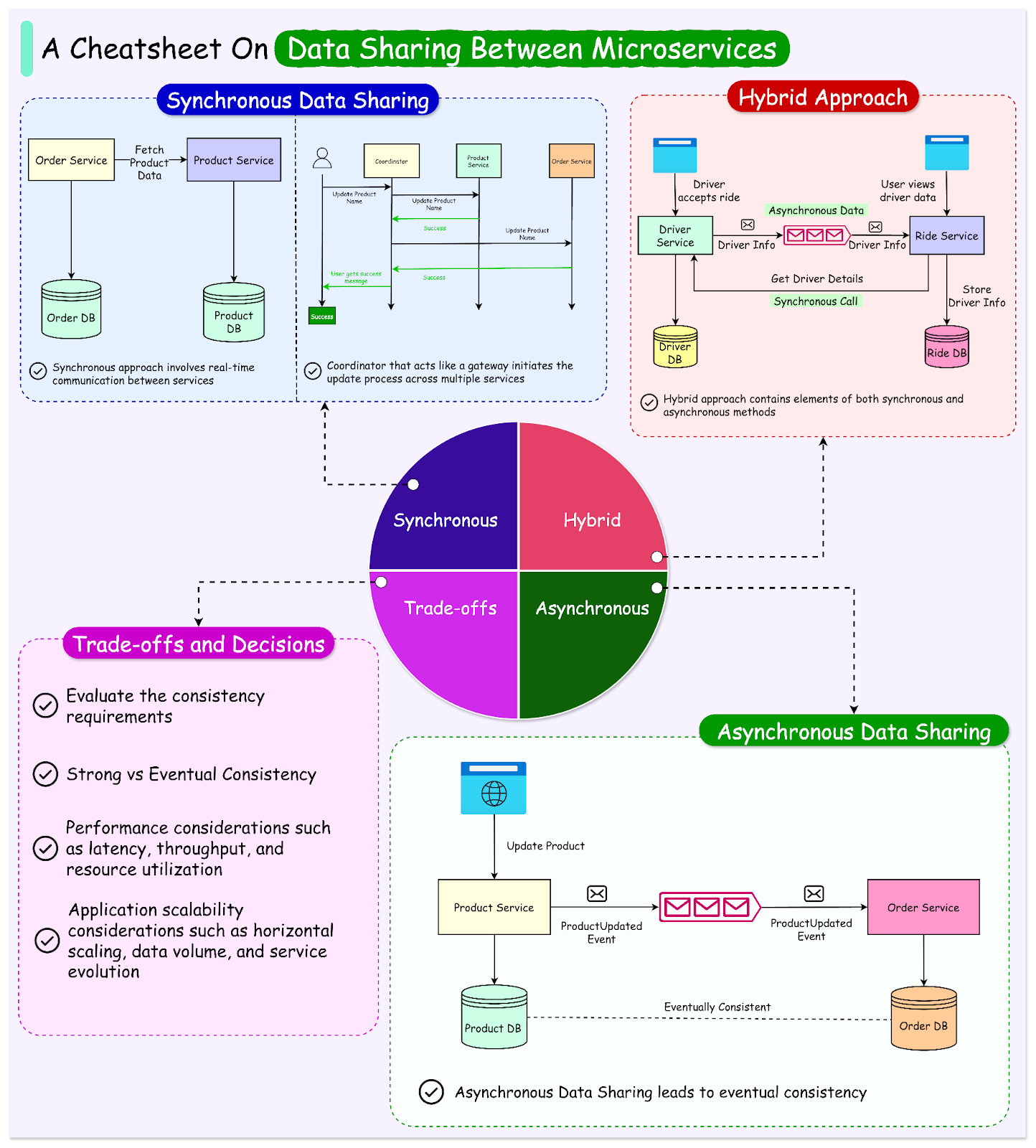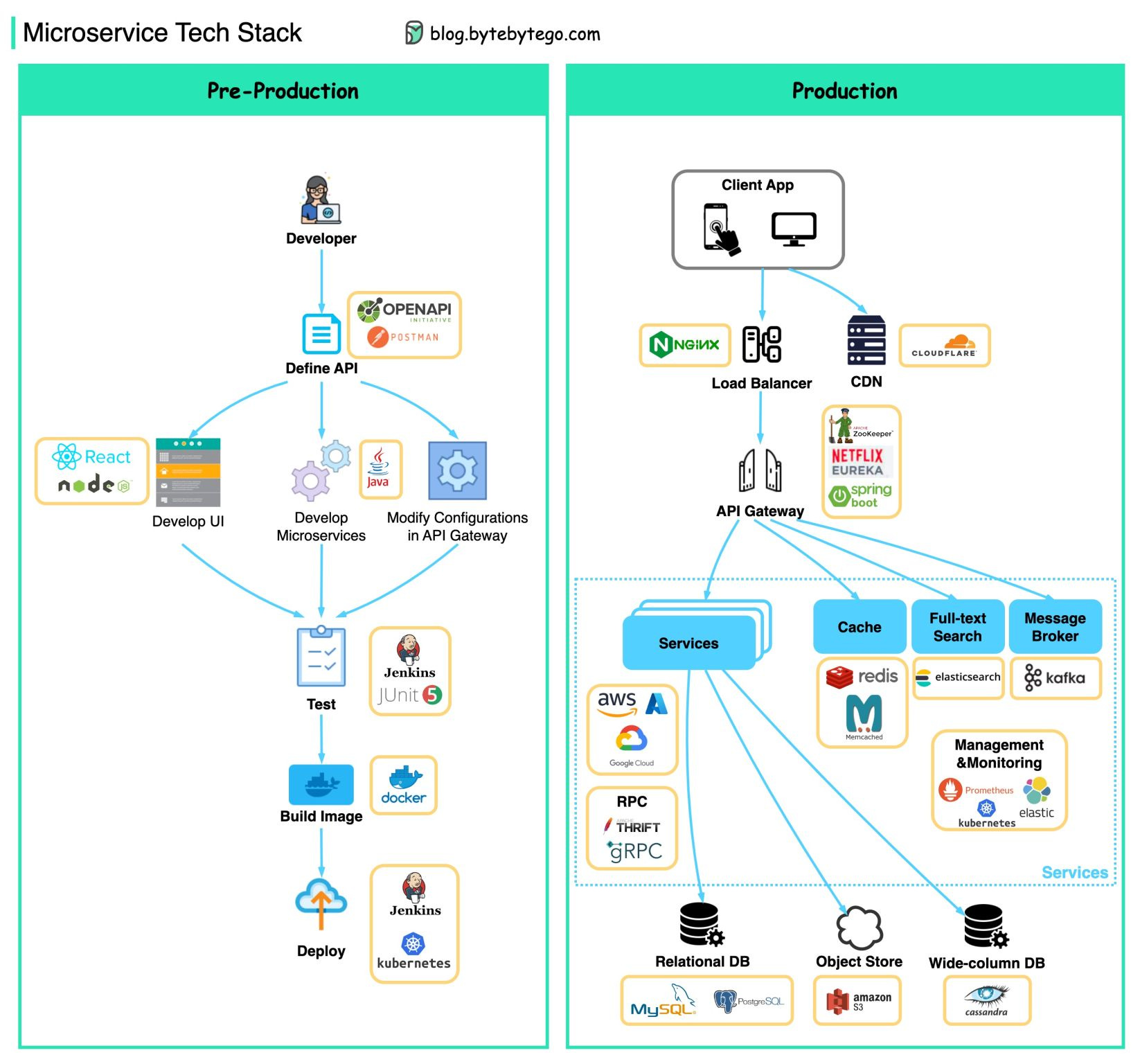- Mailing Lists
- in
- EP134: What do Amazon, Netflix, and Uber have in common?
Archives
- By thread 5249
-
By date
- June 2021 10
- July 2021 6
- August 2021 20
- September 2021 21
- October 2021 48
- November 2021 40
- December 2021 23
- January 2022 46
- February 2022 80
- March 2022 109
- April 2022 100
- May 2022 97
- June 2022 105
- July 2022 82
- August 2022 95
- September 2022 103
- October 2022 117
- November 2022 115
- December 2022 102
- January 2023 88
- February 2023 90
- March 2023 116
- April 2023 97
- May 2023 159
- June 2023 145
- July 2023 120
- August 2023 90
- September 2023 102
- October 2023 106
- November 2023 100
- December 2023 74
- January 2024 75
- February 2024 75
- March 2024 78
- April 2024 74
- May 2024 108
- June 2024 98
- July 2024 116
- August 2024 134
- September 2024 130
- October 2024 141
- November 2024 171
- December 2024 115
- January 2025 216
- February 2025 140
- March 2025 220
- April 2025 233
- May 2025 239
- June 2025 303
- July 2025 61
EP134: What do Amazon, Netflix, and Uber have in common?
EP134: What do Amazon, Netflix, and Uber have in common?
This week’s system design refresher:
Your free ticket to P99 CONF is waiting — 60+ engineering talks on all things performance (Sponsored)P99 CONF is the technical conference for anyone who obsesses over high-performance, low-latency applications. Engineers from Disney/Hulu, Shopify, LinkedIn, Netflix, Google, Meta, Uber + more will share 60+ talks on topics like Rust, Go, Zig, distributed data systems, Kubernetes, and AI/ML. Signing up also gets you 30-day access to the complete O’Reilly library, free books, and a chance to win 1 of 300 free swag packs! Don't miss this chance to join 20K of your peers for an unprecedented opportunity to learn from experts like the creators of Postgres, ScyllaDB, KVM, and the Rust tokio framework – for free, from anywhere. Oct 23-24 | Online Scalability Simply Explained in 10 Minutes What do Amazon, Netflix, and Uber have in common?They are extremely good at scaling their system whenever needed. Here are 8 must-know strategies to scale your system.
Over to you: Which other strategies have you used? Latest articlesIf you’re not a subscriber, here’s what you missed this month. To receive all the full articles and support ByteByteGo, consider subscribing: What are the differences between paging and segmentation?
How does Git Work?The diagram below shows the Git workflow. Git is a distributed version control system. What tech stack is commonly used for microservices?Below you will find a diagram showing the microservice tech stack, both for the development phase and for production.
Over to you: Did I miss anything? Please comment on what you think is necessary to learn microservices. SPONSOR USGet your product in front of more than 1,000,000 tech professionals. Our newsletter puts your products and services directly in front of an audience that matters - hundreds of thousands of engineering leaders and senior engineers - who have influence over significant tech decisions and big purchases. Space Fills Up Fast - Reserve Today Ad spots typically sell out about 4 weeks in advance. To ensure your ad reaches this influential audience, reserve your space now by emailing sponsorship@bytebytego.com © 2024 ByteByteGo |
by "ByteByteGo" <bytebytego@substack.com> - 11:36 - 19 Oct 2024





